
Drosophyllum lusitanicum
Drosophyllum is a genus of carnivorous plants containing the single species Drosophyllum lusitanicum (Portuguese Sundew or Dewy pine). In appearance, it is similar to the related genus Drosera (the sundews), and to the much more distantly related Byblis (the rainbow plants).
Drosophyllum lusitanicum is native to Portugal, Spain and Morocco, and is one of the few carnivorous plants to grow in dry, alkaline soil. The 20-40 cm glandular leaves, which uncoil from a central rosette, lack the power of movement common to most sundews, but have the unusual characteristic of being coiled outward when immature. The plant has a distinct sweet aroma, which attracts the insects it preys upon. When insects land on the leaves, they find themselves stuck to the mucilage secreted by the stalked glands on the leaves. The more the insects struggle, the more ensnared they become, ultimately dying of suffocation or exhaustion. The plant then secretes enzymes which dissolve the insects and release the nutrients which are then absorbed by the plant. The plant uses these nutrients to supplement the nutrient-poor soil it grows in.
Germination
Seed is the only known way to propagate Drosophyllum and they can be a little tricky to germinate. First rub the seeds between sandpaper (100-200 grit seems to work best) one at a time. Keep rubbing until you remove part of the black seed coat and can see part of the embryo (white stuff). I have also had great luck with taking a brand new razor blade and cut a very small sliver off the base edge (thick part of the seed) I keep cutting off very small sliver until I see I have just cut into the embryo. After that soak the seeds in warm water for about 8 hours. Sow on pure vermiculite and keep damp but not wet (even the seed can rot very easy). The seeds could germinate in as little at 2 week or as long as 6 months. Check the seeds every few days and at the first signs of germination remove the seedlings from the vermiculite and place them in a 5-8 inch terracotta pot filled 1/2 inch from the top with a soil of 1 part sand, perlite and vermiculite: 1/2 part pumice and 1/4 part peat. I add a few strands of LFS out of the bottom of the smaller pot, that serves at a wick to keep the soil in the smaller pot at just the right moisture level. Then plant that pot in a 9-12 inch terracotta pot filled with the same soil mix. The double potting mat not be necessary but it sure seems to make things a lot easier to water. When double potted I keep the outer pot setting in 1/2 inch of water at all times.
Cultivation
coming soon
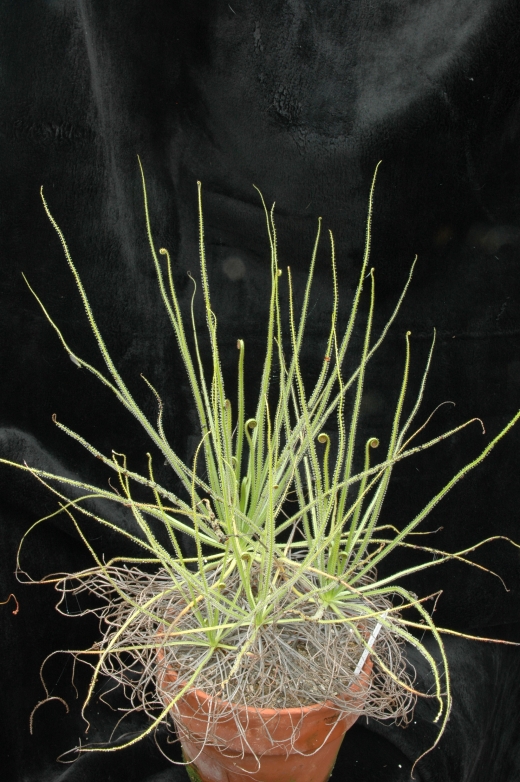
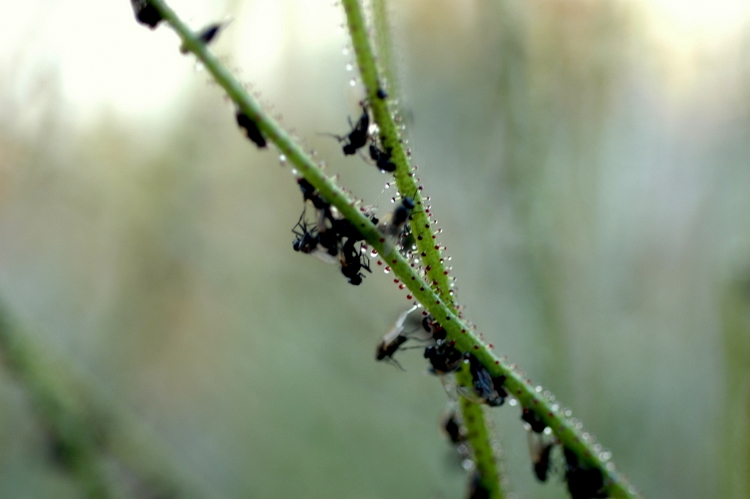

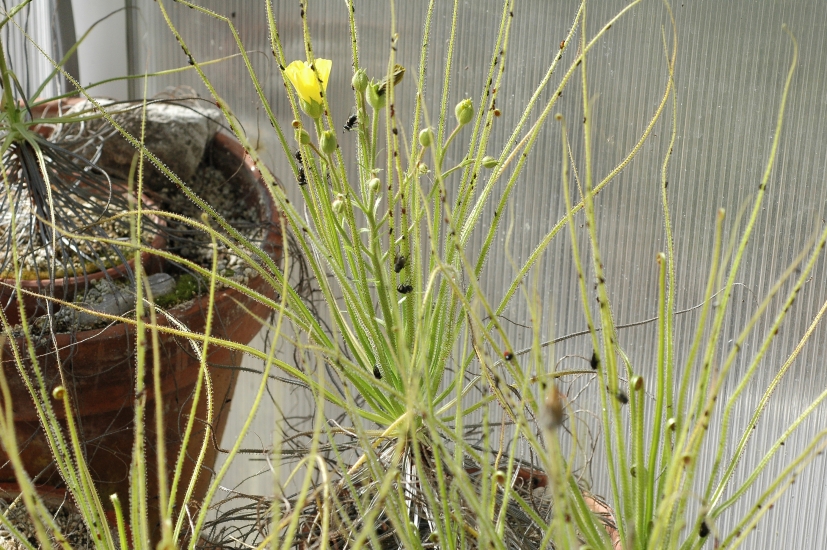
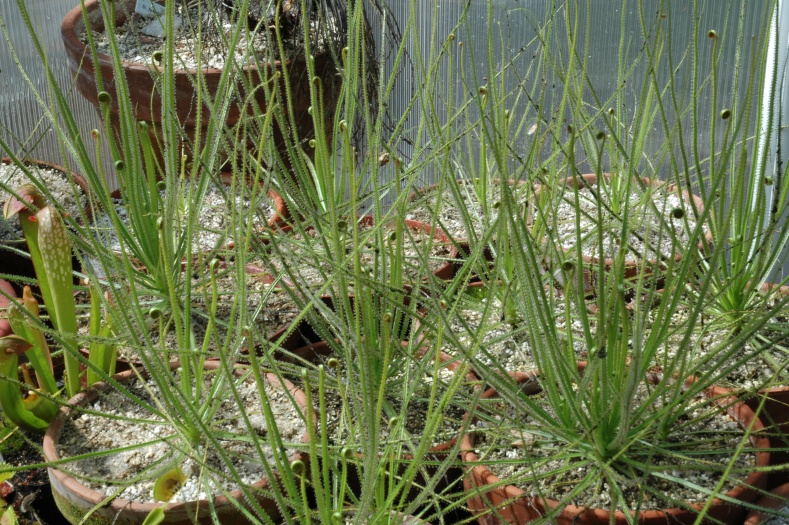
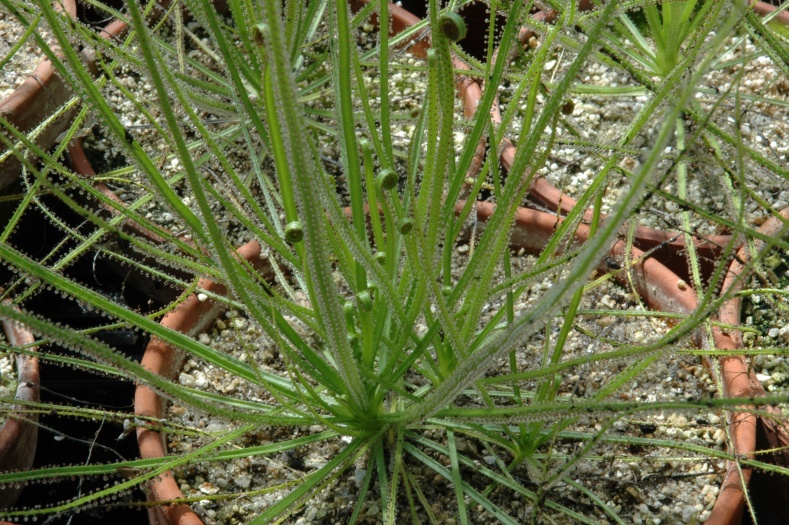
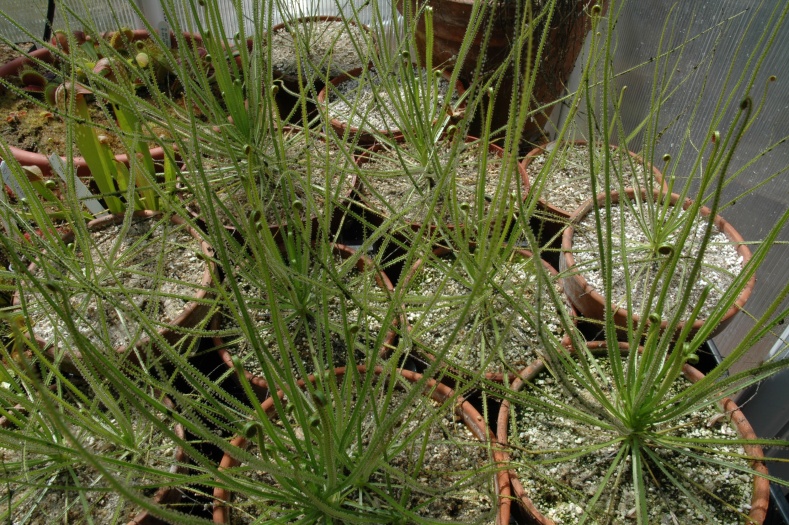

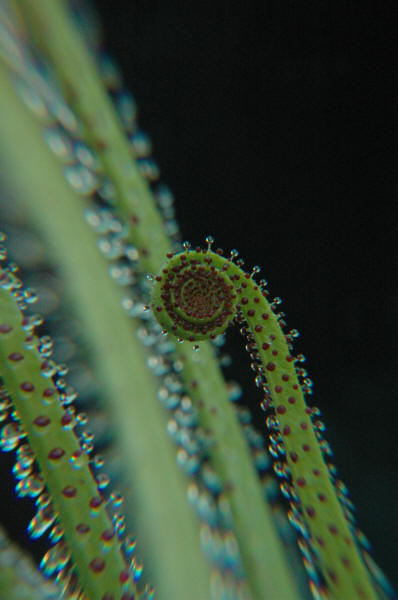
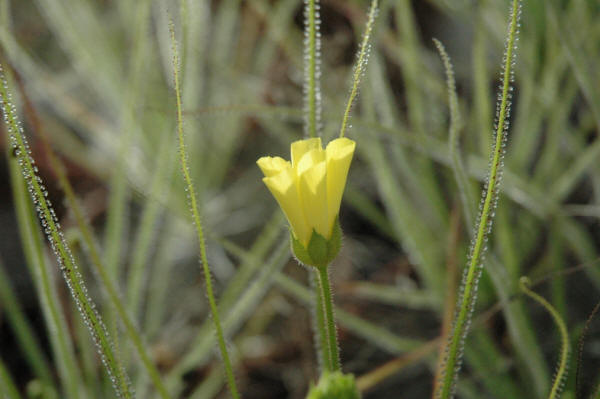
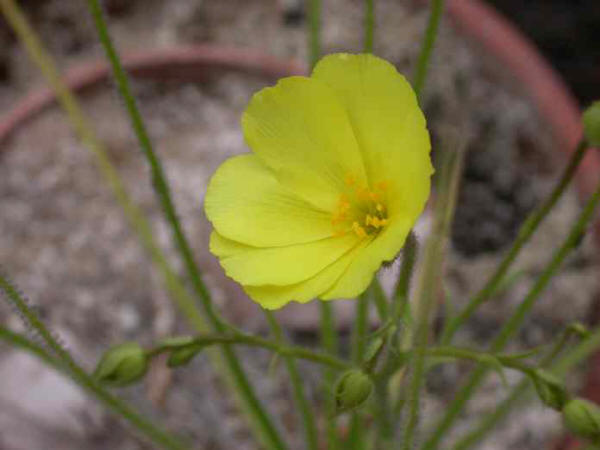

Photo by Jeremiah Harris, Plants grown by Jeremiah Harris.